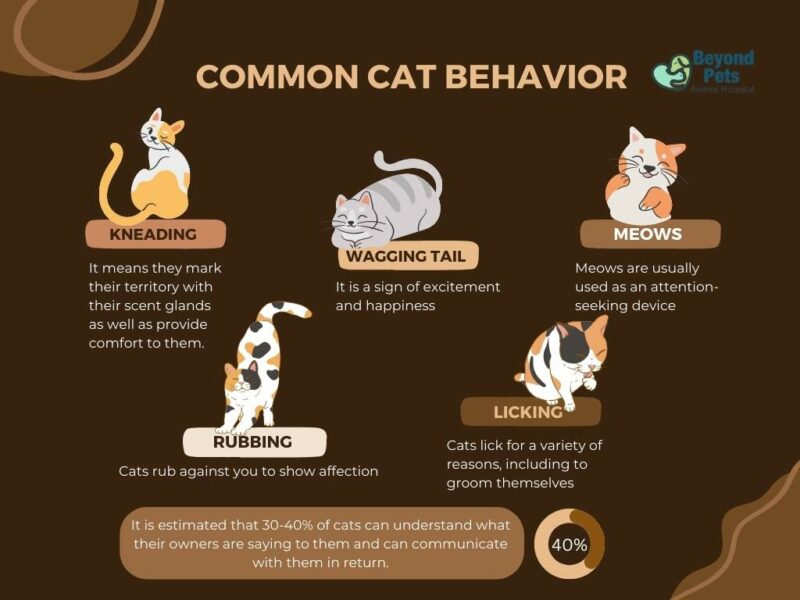Pulse of Information
Your source for the latest insights and updates.
Feline Follies: Decoding Your Cat's Quirky Antics
Unravel the mystery of your cat's quirks! Discover the hilarious behaviors that make our feline friends so fascinating and lovable.
Understanding Your Cat's Midnight Zoomies: What They Mean and How to Manage Them
Understanding your cat's midnight zoomies is essential for all cat owners, especially those who notice their furry friends displaying bursts of energy during the night. These energetic episodes typically occur due to a combination of instincts, such as hunting behavior and the natural progression of a cat's sleep cycle. Cats are crepuscular by nature, which means they are most active during the dawn and dusk hours. This behavior can often surprise their human companions, leading to confusion over whether it's a sign of stress or simply a playful personality.
Managing these midnight escapades requires a bit of strategy. Start by providing your cat with ample physical and mental stimulation throughout the day to help curb nighttime activity. Engaging your cat in interactive play, such as using feather toys or laser pointers, can help expend excess energy. Additionally, consider establishing a consistent routine that includes feeding times and play sessions. By understanding your cat's needs and modifying their environment, you can help ensure that those sudden bursts of energy occur during more convenient hours, allowing both you and your pet to enjoy restful nights.

Why Does My Cat Bring Me 'Gifts'? A Deep Dive into Feline Behavior
When your cat brings you 'gifts', it may seem puzzling at first. Many cat owners are curious about this behavior, which is often rooted in their feline instincts. Cats are natural hunters, and by presenting you with their 'catch', they're showcasing their hunting prowess. This act can also be interpreted as a form of affection; your cat is not just bringing you a dead mouse or a toy, but rather sharing their accomplishments with you as a member of their 'family'. Understanding feline behavior can help deepen the bond between you and your furry friend.
Moreover, this behavior can also stem from your cat's desire to teach you, albeit in their own unique way. In the wild, mother cats will hunt for their kittens, bringing back prey to demonstrate how to catch food. By offering you 'gifts', your cat may be trying to guide you in the same manner, solidifying your relationship. Interpreting your cat’s actions as a sign of love and trust can enhance your understanding of what goes on in their little minds. Remember, while it may be a bit unsettling at times, these 'gifts' are a testament to the special bond you share with your beloved pet.
Decoding Cat Communication: What Your Kitty's Meows and Purrs Really Mean
Understanding your feline friend can be a delightful, albeit challenging, endeavor. Cat communication primarily revolves around their characteristic sounds, with meows and purrs providing key insights into their emotional state. For instance, a short, high-pitched meow may signify excitement or a desire for attention, while a deeper, longer meow could indicate annoyance or a need for space. Additionally, cats often use varying pitches and tones to convey different messages, so paying close attention to these nuances can help you decode what your kitty is really trying to tell you.
Beyond meowing, cats also purr to communicate their feelings. While purring is commonly associated with contentment, it can also signal discomfort or distress. Cat owners should note the context in which their cat is purring—if they're curled up on your lap, it likely means they're relaxed, but if they're purring while hiding, they may be trying to soothe themselves. Understanding the full spectrum of your cat's vocalizations, combined with their body language, can create a deeper bond between you and your furry companion, allowing for a harmonious coexistence.